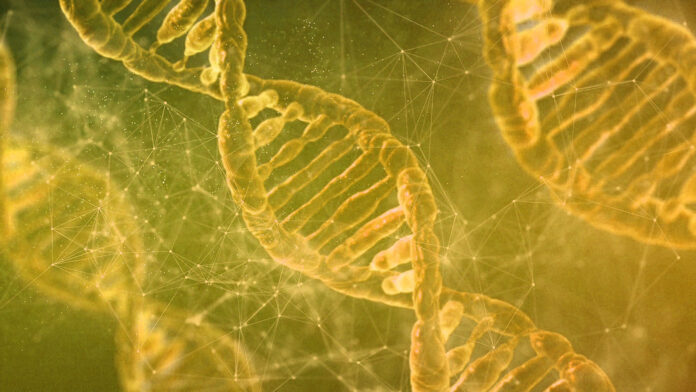Antibiotic resistance is quickly reaching crisis levels, and if these important tools fail without any alternatives, it will mean a public health crisis that affects people of all ages. Even routine surgeries will become high risk, basic bacterial infections will be untreatable, and global life expectancy will take a nosedive.
It’s important to remember that countless strains of bacteria are always with us, and most of the time they are perfectly harmless. When they evolve to cause disease, they start to produce virulence factors like toxins or surface receptors that help them bind to host cells to infect them.
It’s the idea of rendering virulent bacteria harmless that has researchers at Simon Fraser University working on a new way to battle infection.
Unlike antibiotics that attack bacteria in ways that kill them, antivirulence therapies disarm their ability to cause disease. When the drug itself doesn’t threaten their survival, they have less motivation to develop drug resistance, and the immune system can take care of clearing the infection.
A review of the current state of the field, led by Amy Lee and Fiona Brinkman, was published in eBioMedicine. In it, they propose a workflow for discovering antivirulence drugs.
“Antibiotics wipe out bacteria leading to a process of natural selection where those few surviving bacteria in the population will then repopulate,” said co-author Patrick Taylor in a press release.
“The bacteria that are not killed off are really good at sharing their genetics with each other, which is why we have this rising global issue of antibiotic resistance.”
The first step to this strategy is to identify the best virulence factors to target, so the research team capitalized on their access to SFU’s Big Data Hub to analyze thousands of bacterial genomes. The combination of sequencing technology and computational analysis was used to look for genes that are particular to virulent bacteria, especially when they are naturally antibiotic resistant.
Some of the genes they uncovered had not previously been characterized, so they are now trying to determine their function and role in causing symptoms of infection. That will help them narrow down ideal targets as a starting point for discovering antivirulence drugs. A handful of such compounds are already approved, but the goal is to expand this toolkit for more treatment options.
They expect that antivirulence drugs will also be more precise than antibiotics, which also wipe out microbes that are important to our health, further improving the environment for disease-causing bacteria by eliminating the competition.
To avoid the consequences of growing antibiotic resistance, alternatives treatments are urgently needed. Increased use of genomics-based approaches is illuminating a path forward that could ultimately save millions of lives.








































